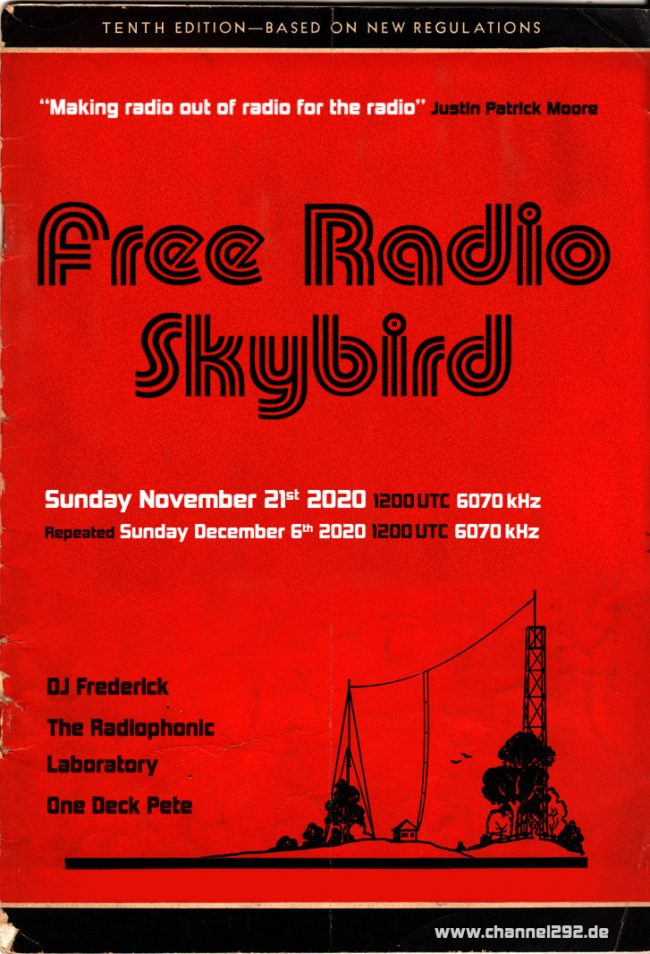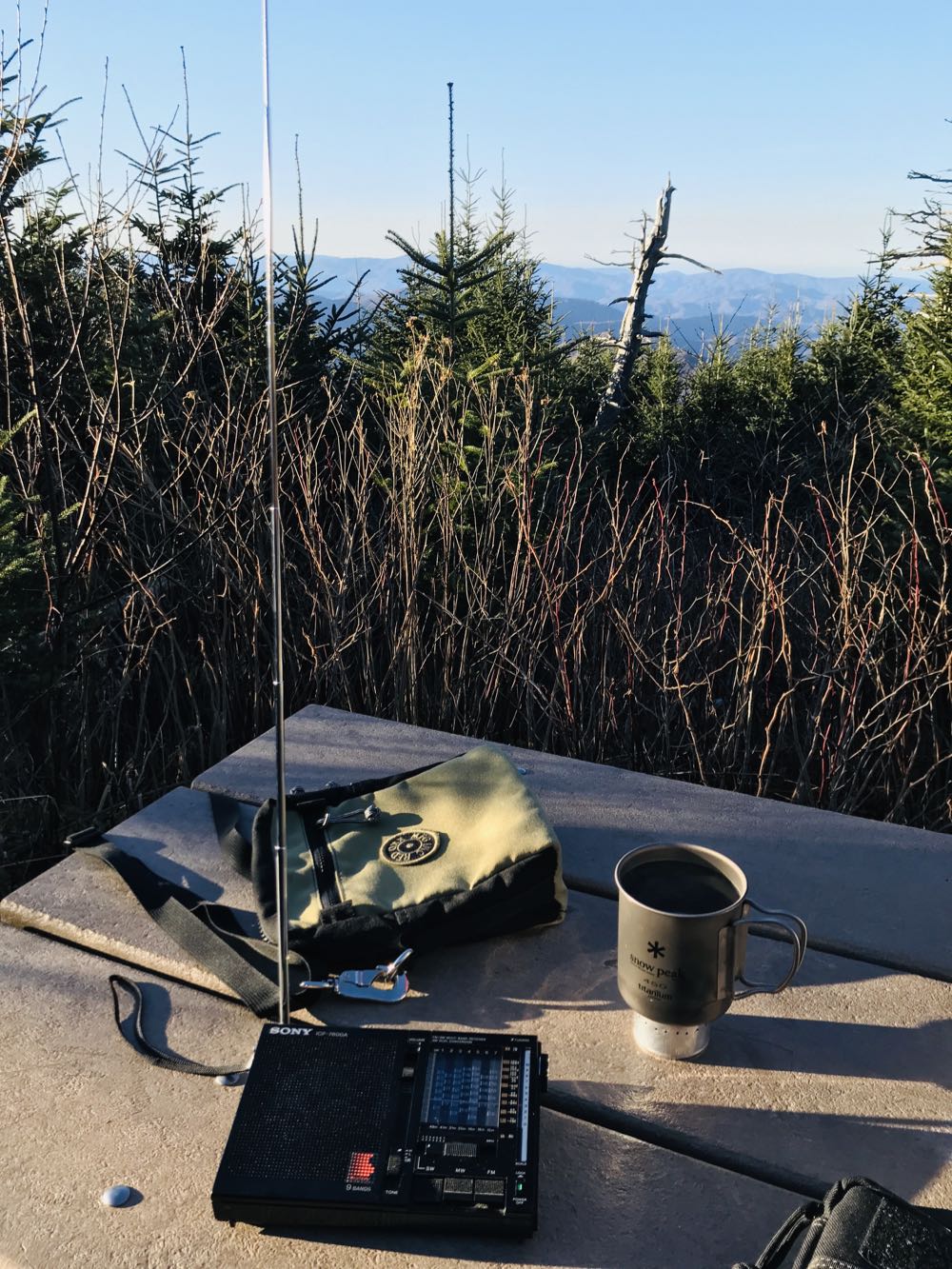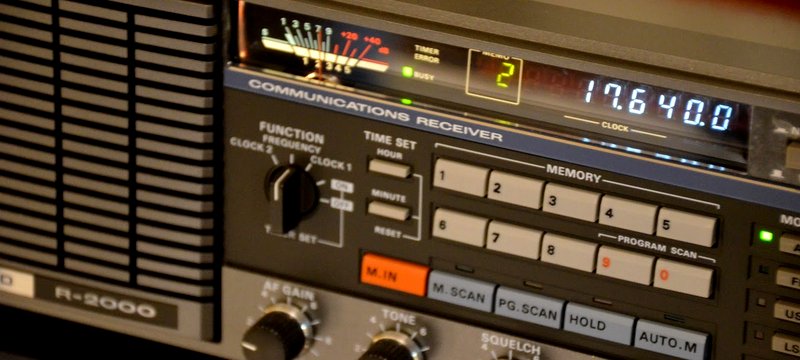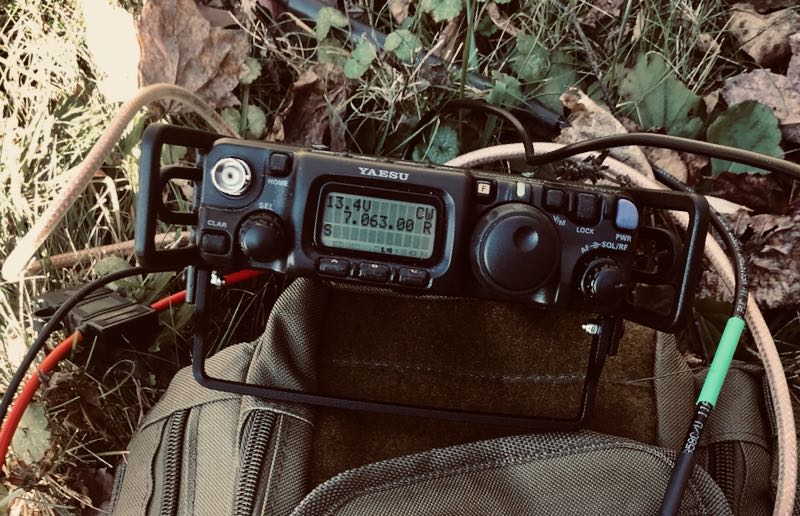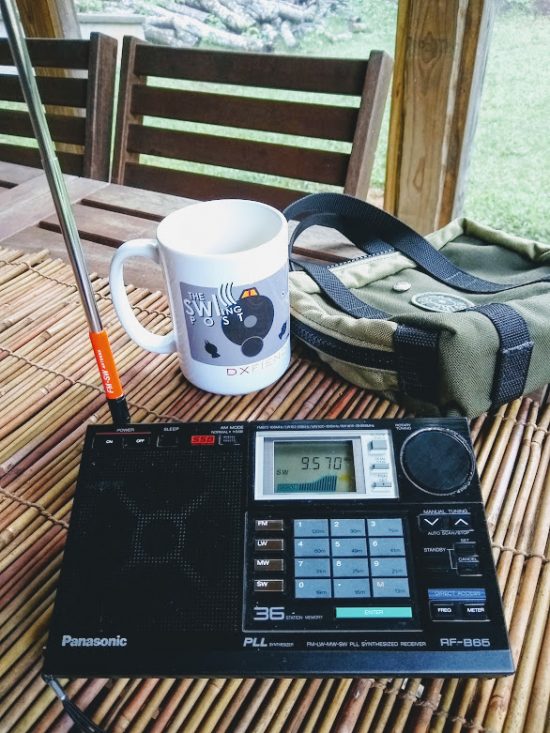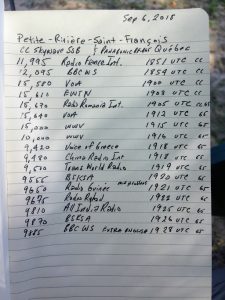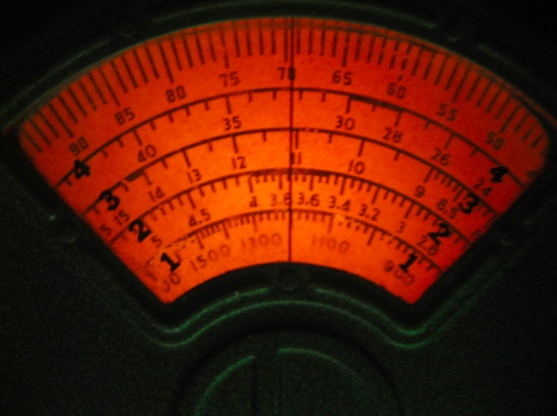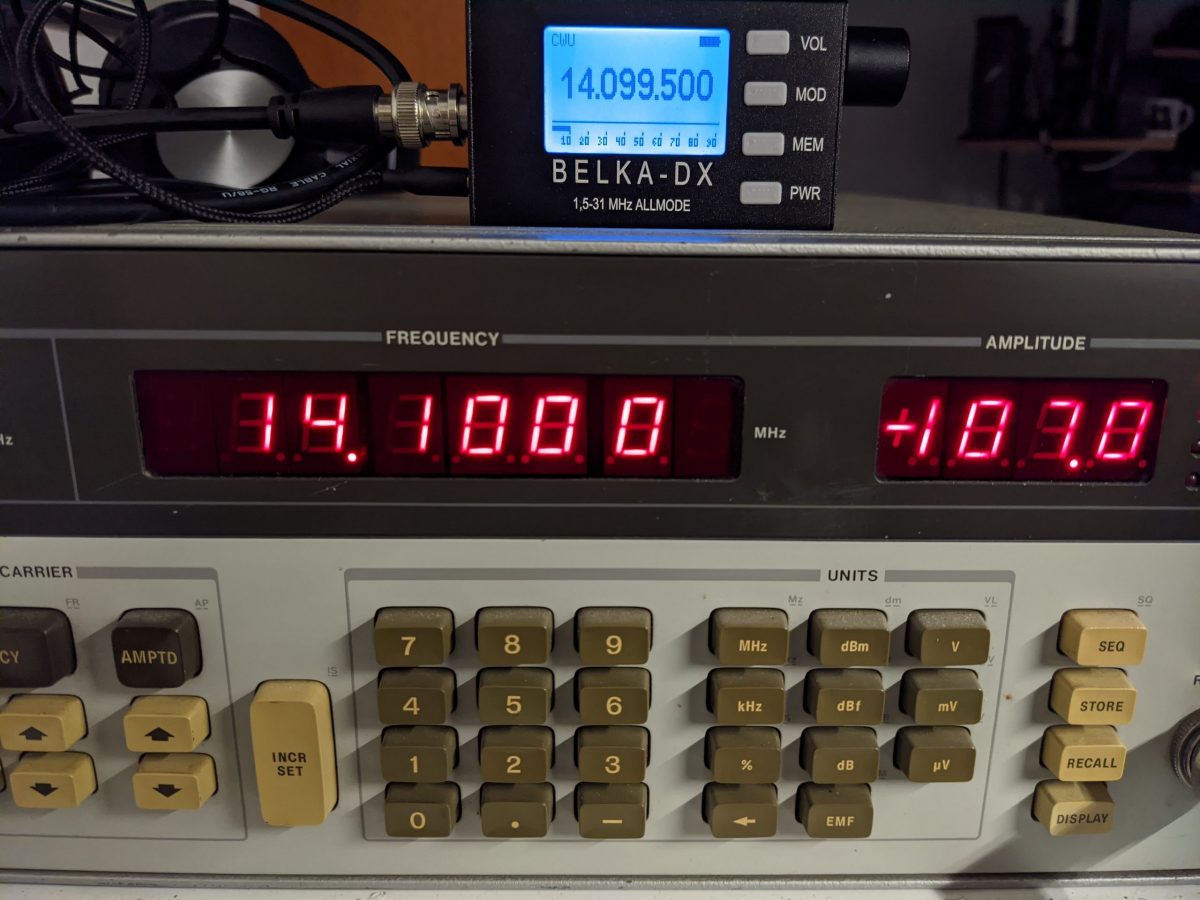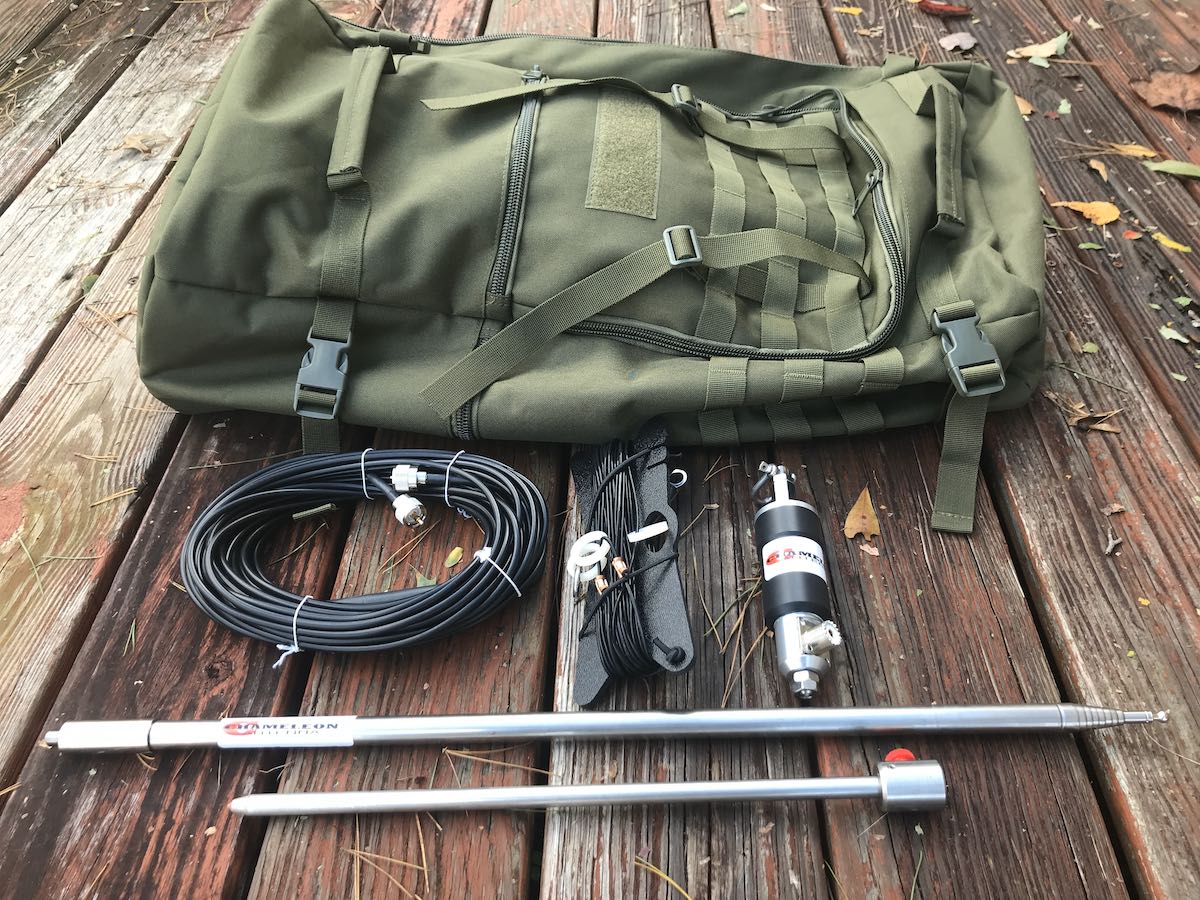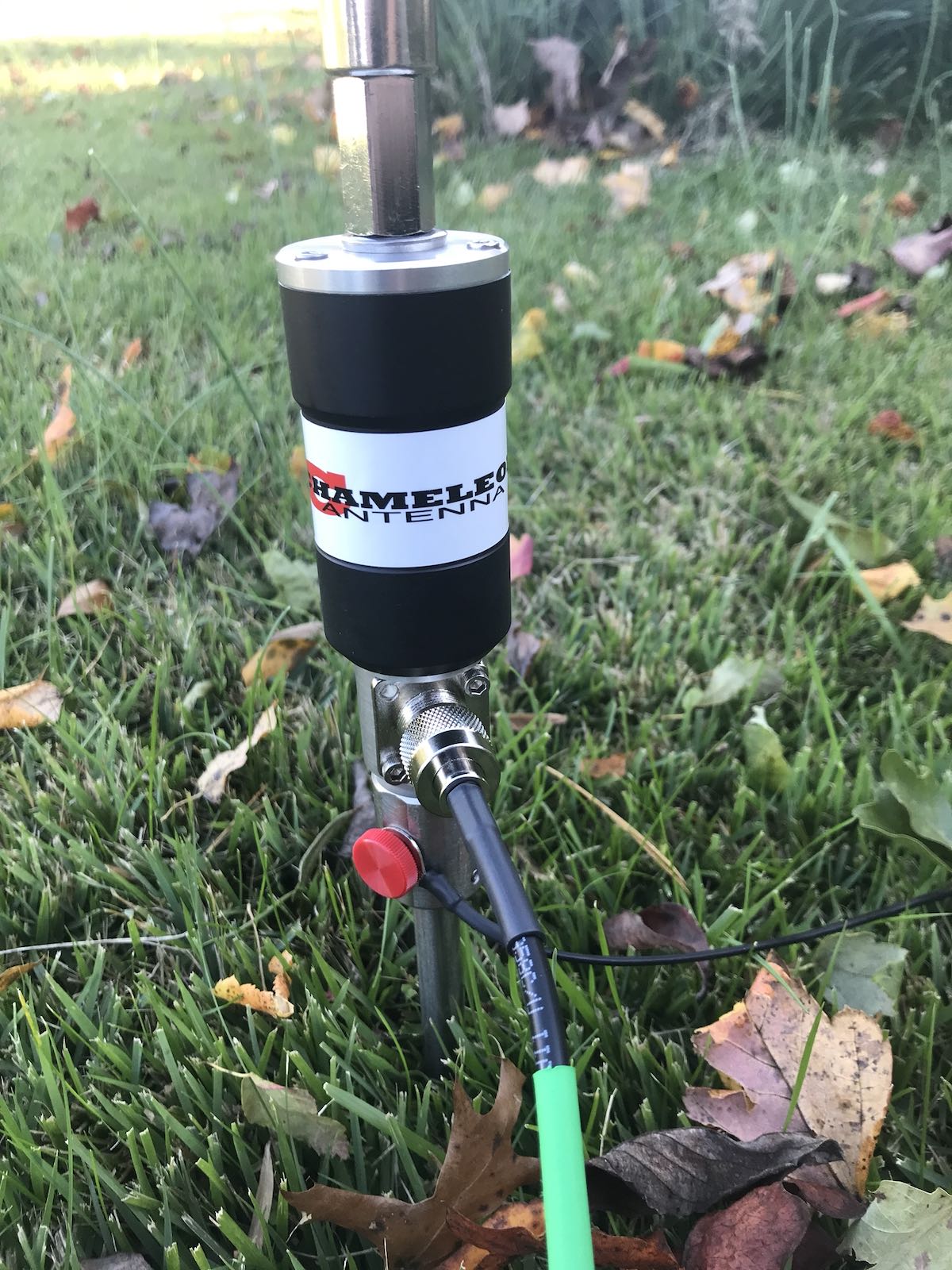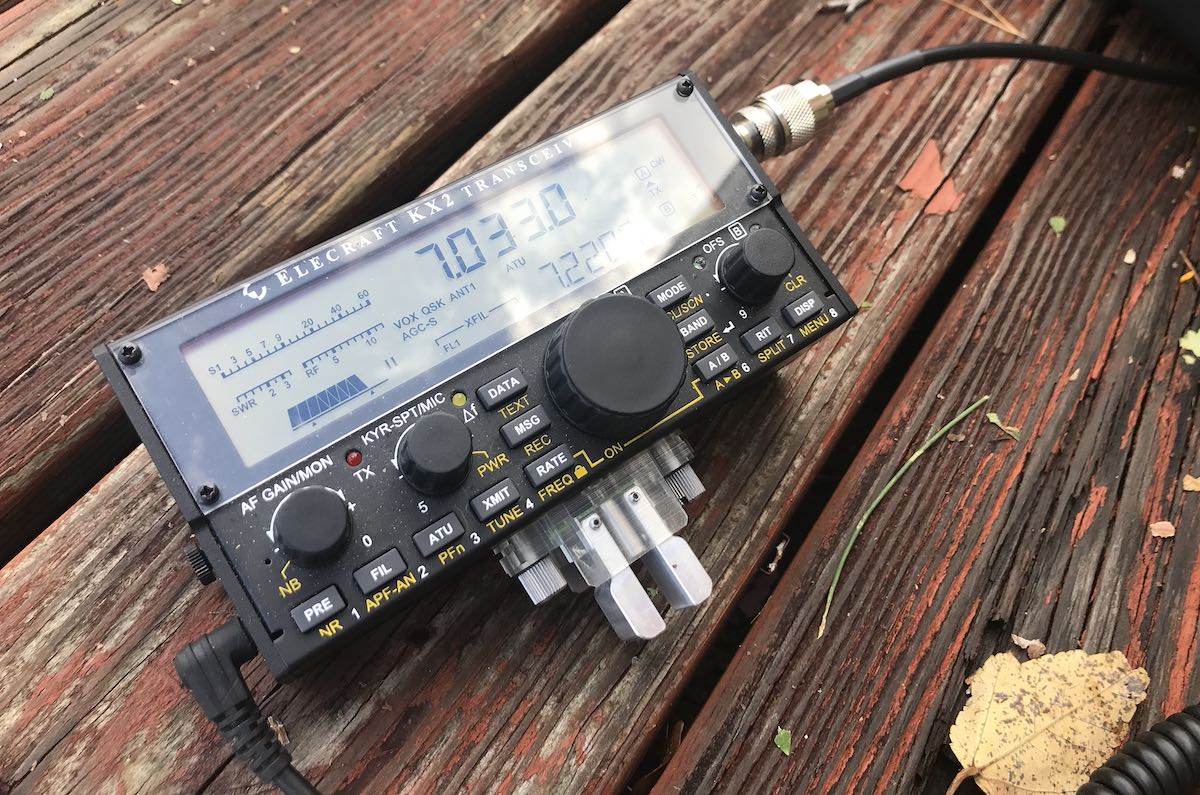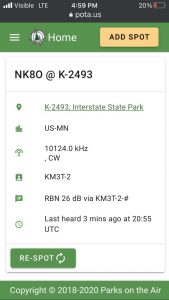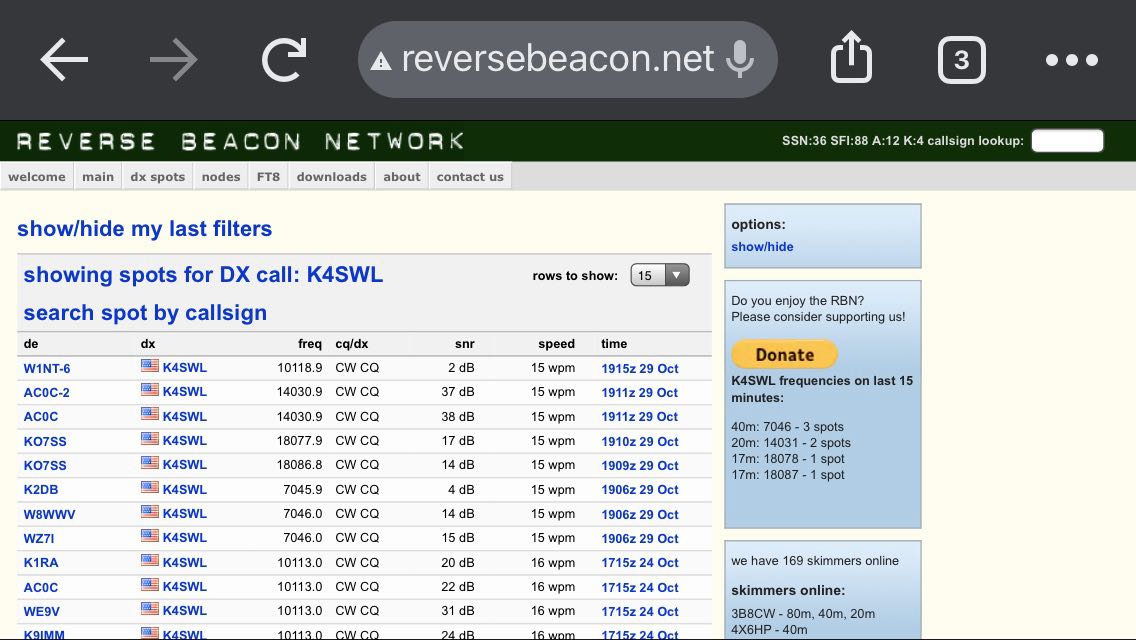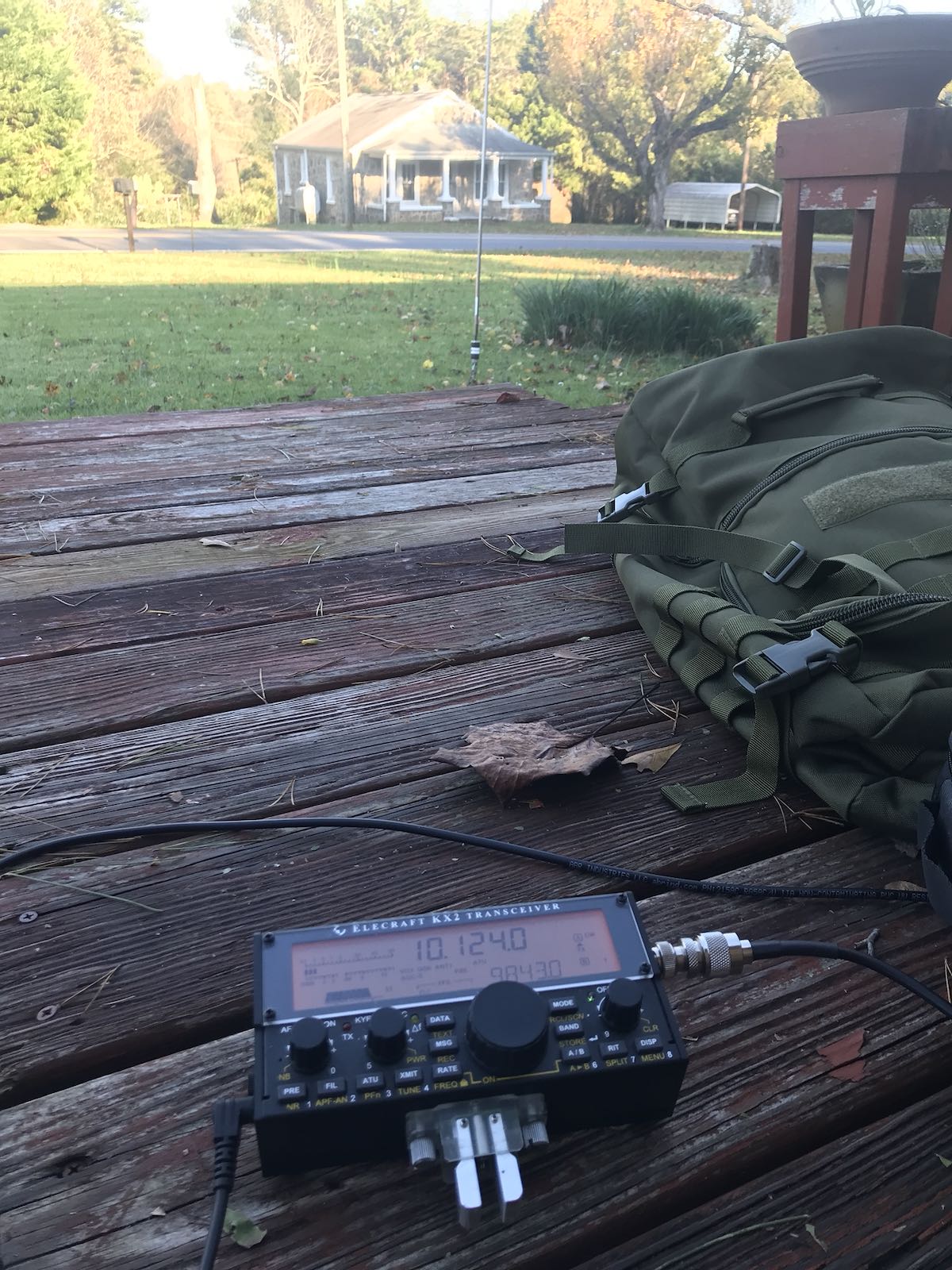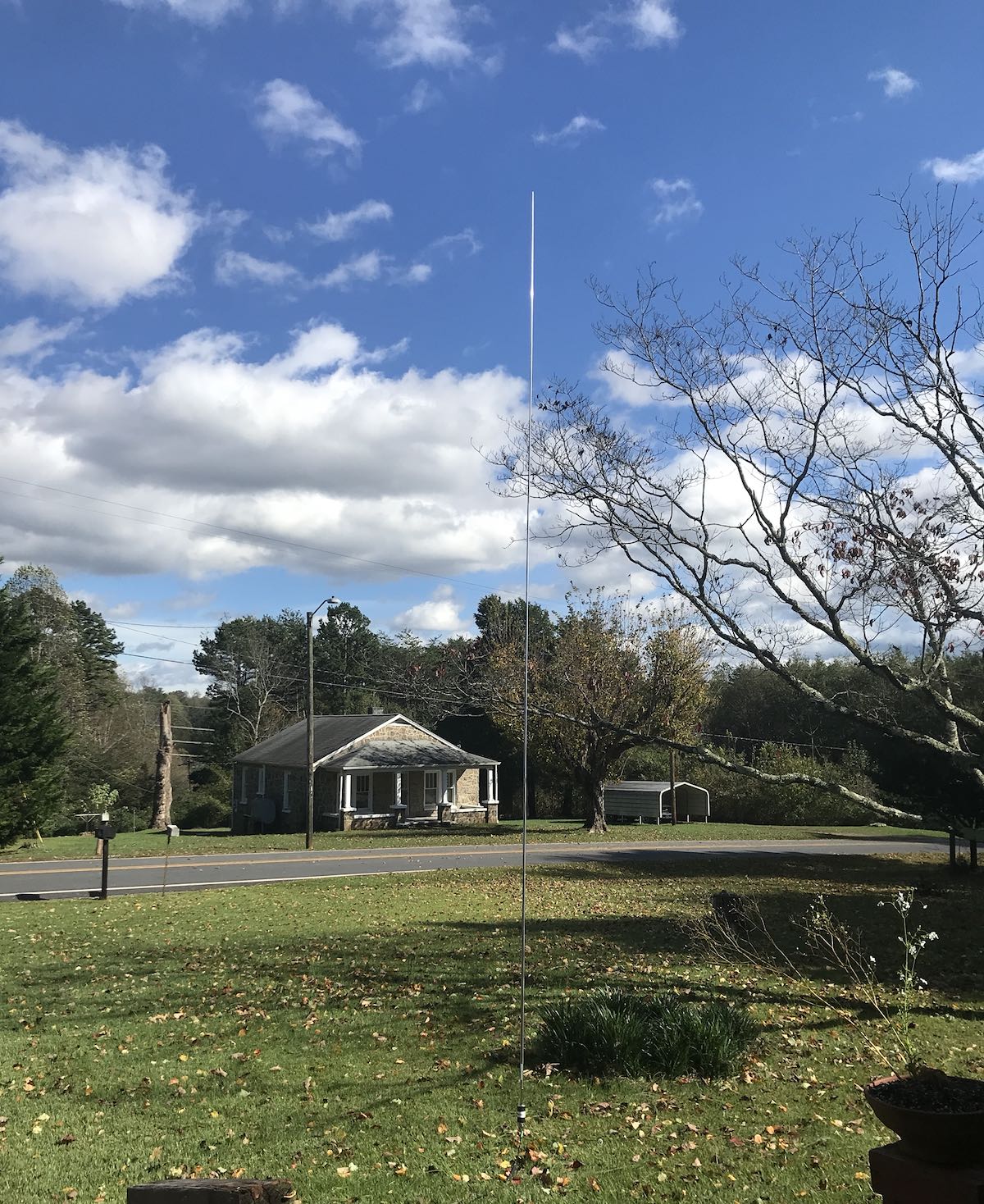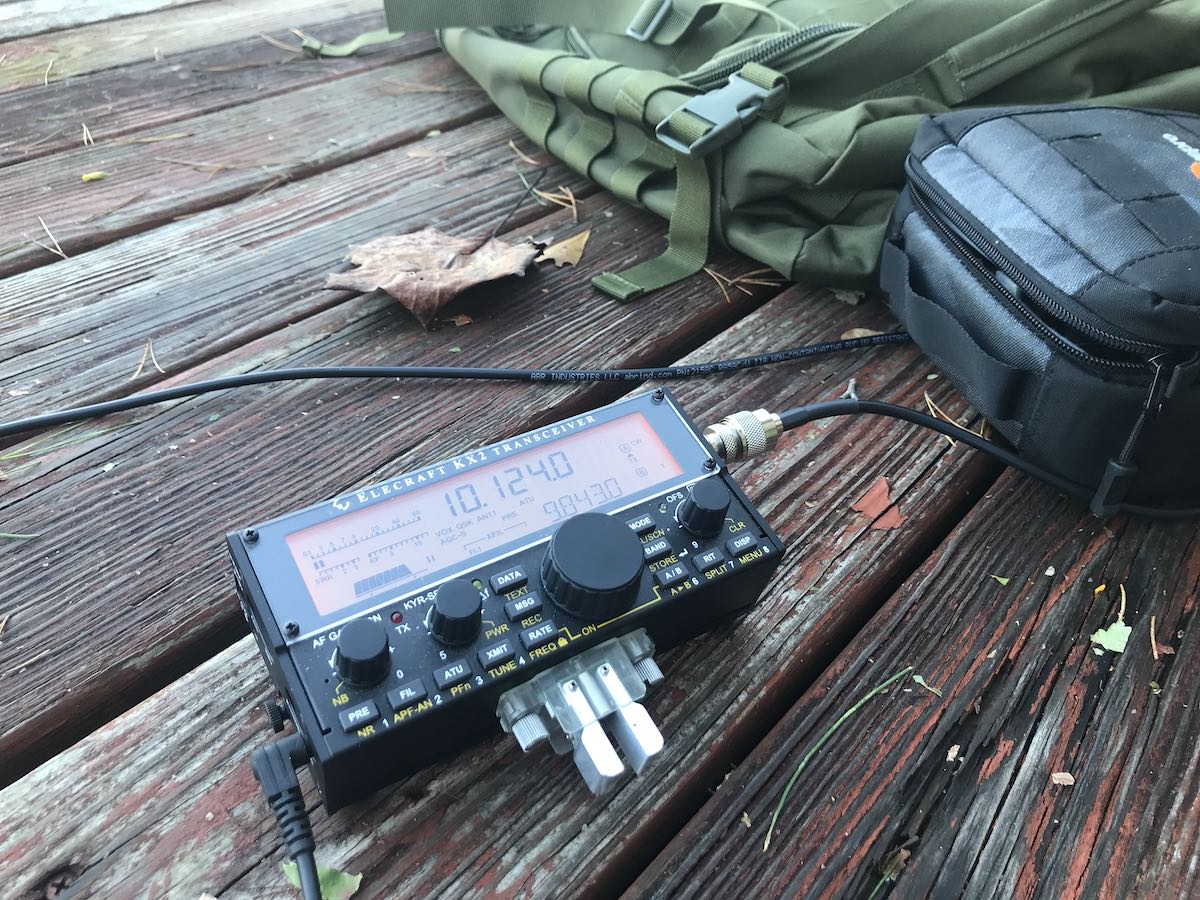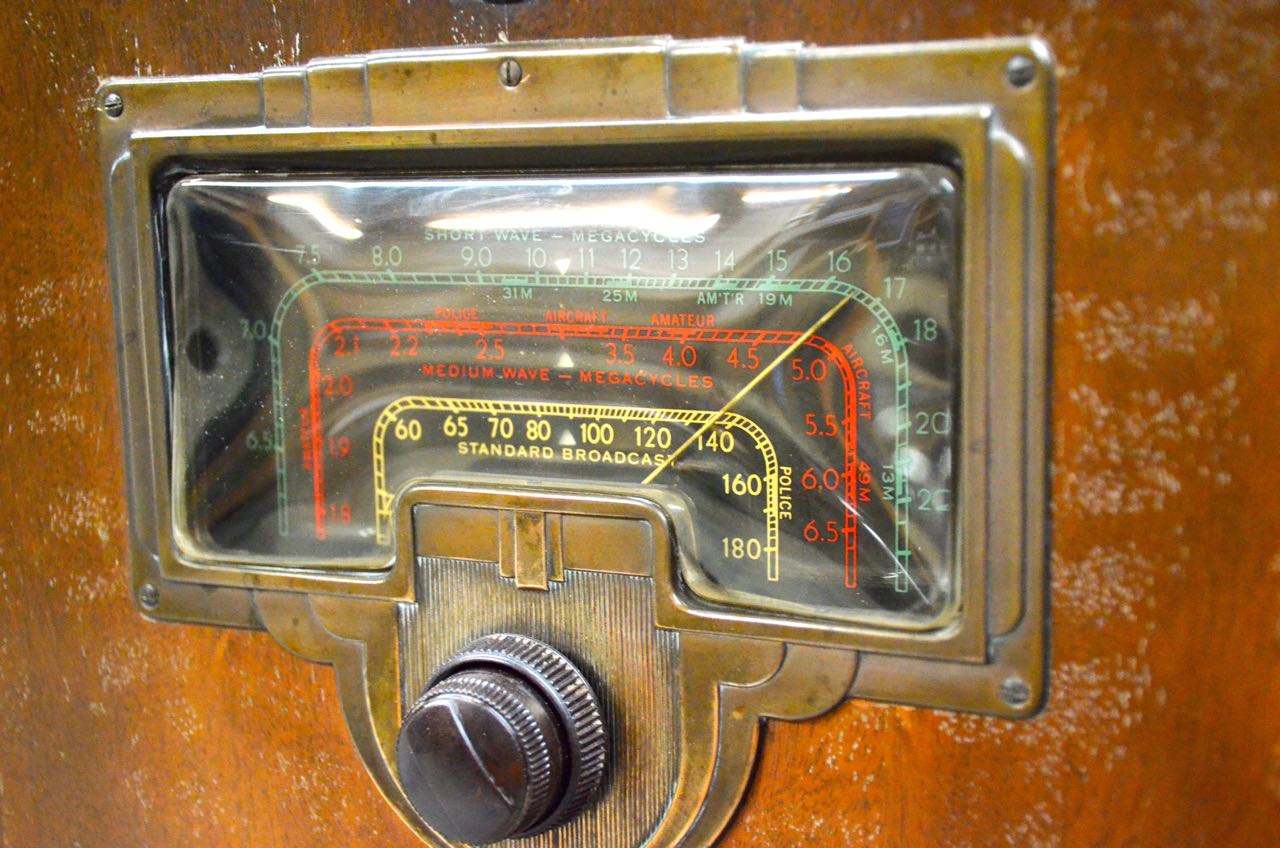 Many thanks to SWLing Post contributor, Jim Meirose, who recently shared the following listener post:
Many thanks to SWLing Post contributor, Jim Meirose, who recently shared the following listener post:
Listener Post by Jim Meirose
My interest in radio started around 1960-61. My uncle was going to take a giant worn-out console Record Player/AM/FM/SW 1940s monstrosity to the dump. My father, who was an electrician and a general nut for all things electrical, stopped him, took the radio out before the console got trashed, put it in a makeshift cabinet, and showed me how to use it. That was how I got started.
A neat thing about the radio was it had one of those old “magic eye” tubes to aid in tuning. What could be cooler for a kid to play with? Plus, being able to hear all of what was to me just “weird stuff” on shortwave, was what got me hooked.
After a year or two I got the Heathkit GR-91 as a gift and my father helped me assemble it. We also put up a better antenna.
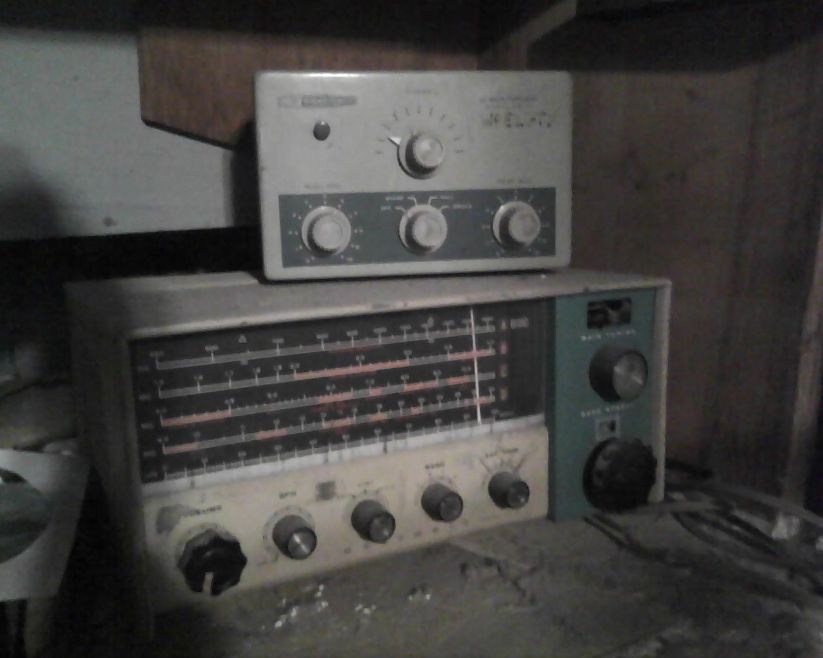
My Heathkit GR-91 and Q-mult I used starting in 1963, with a variety of antennas, up to 1971. (Stored in the cellar now, as you can see)
I spent several years and many many hours listening and logging and having fun with it. We were at or near the peak of the sunspot cycle then, so as you can imagine, it was amazing. That made it a pretty “hot” radio (although in that decade the high sunspots made most every radio “hot”) but it had one flaw that was really bad. The tuning dial was not even close to accurate. I even had it professionally aligned, in vain. You only had a ballpark idea of what frequency you were on.
The next problem with the GR-91 was that as you tuned up past around 14 MHz, a hum began and grew to where there was no point trying to listen at all for anything all the way up to 30 MHz. I gradually became most interested in 20 meter amateur radio listening.
I learned to tune SSB, helped by the fact that the set had a good BFO and great bandspread tuning. From about 1964 to 1968, I heard hams from over 250 ARRL countries. These were mostly on 20 meters, using a dipole. Then, I got drafted to the Army until 1970, came back, and listened again until about 1972. Then, life took over, and the radio was put away.
Around 2004, I started getting interested again. I got an old Hammarlund HQ-180, thinking to pick up where I left off in ’72, but gave up when I found the sunspot cycle was bottomed out. Plus, the old set was too complicated and difficult to use, and not in the best shape. So, again, radio was put aside.
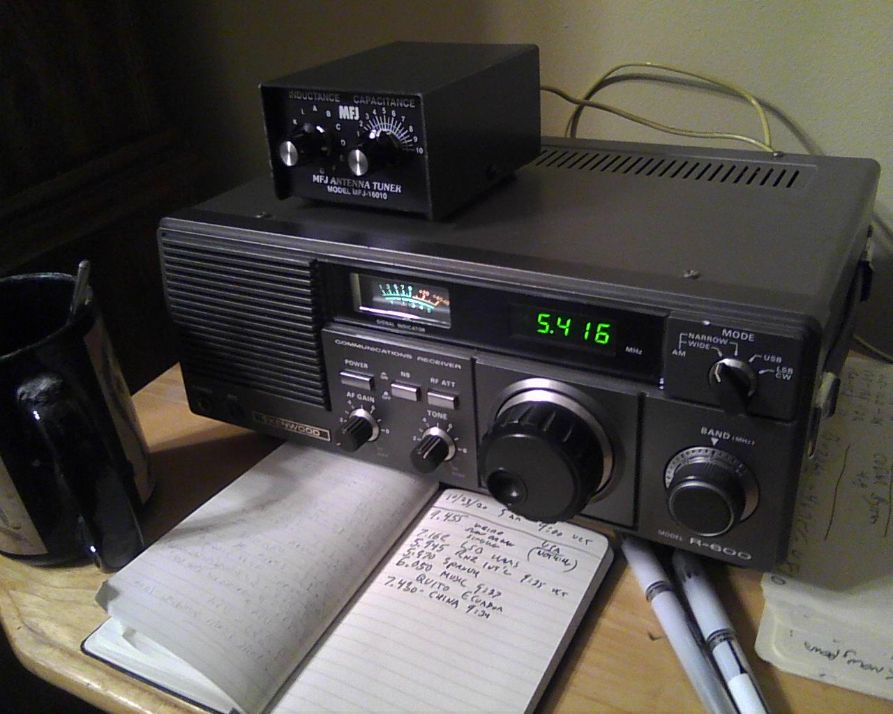
Finally, early this year, having the time at last to do things right, after shopping around, I got the Kenwood R-600, put up a good antenna, and started in. Once I got in the groove again, I found the R-600 to be incredible. The reception is crystal-clear across all bands. Plus, lo and behold, with the digital dial I know EXACTLY what frequency I am on! And as far as DX, even with today’s low sunspots, I am hearing the whole world, better than in the 60s. Might not be “booming in” as they say, but still very cool. The key is to know when, where, and how to listen.
Lastly, besides the better technology of the radio, imagine the difference between now and the ‘60s, when there was no internet, no computers, and practically no reliable hard copy directories to be found. At least with ham radio listening, it was easy to ID what country was on, because of the standardized call sign prefixes. But, for broadcast stations, the only real way to identify the more “exotic” non-english language stations, was by listening, sometimes for hours, hoping to catch some recognizable station ID. More often than not, this would never come before the station went off-air, or faded out. Today, with online directories, that is not such a problem. But, imagine how, with my GR-91, being unable to provide exact frequency readings, that even the modern online directories would have been practically useless.
That’s it, there are the highlights of my shortwave experience from 1960 to today. Hope it was of interest.
Thanks,
Jim Meirose
Thank you, Jim, for sharing your radio journey!
Jim’s radio story is the latest in our multi-year series called Listener Posts, where I place all of your personal radio histories. Feel free to submit your own by contacting me.

